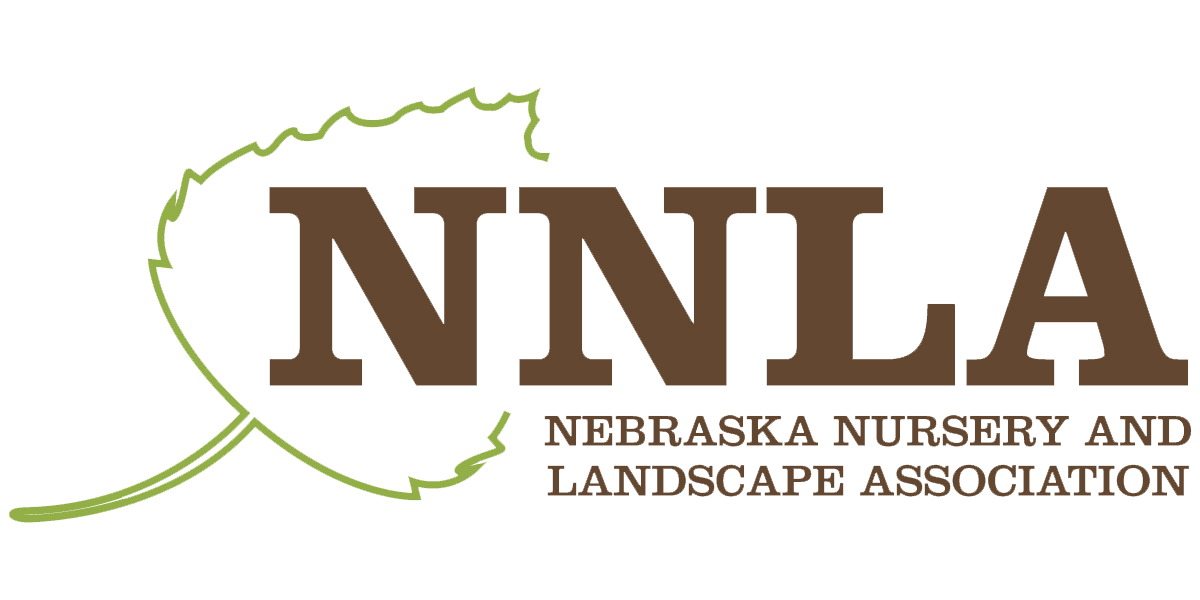Nature’s Subtle Beauty
“To appreciate the beauty of a snowflake it is necessary to stand out in the cold.” Aristotle
The just completed fall season was a glorious one with an extended rainbow explosion of vibrant colors. It’s one of nature’s displays that is hard to miss and very easy to enjoy. It’s no wonder we might feel a bit let down when the dramatic show is over and “gloomy” winter takes hold.
Yet a skilled observer with a keen eye and appreciation for subtle beauty knows nature’s wondrous show continues after that last colorful leaf has fallen. Although the ongoing show may be elusive, faint, or fleeting, it can also be quite profound. Developing the skill to look deeper, longer, or more closely, to see and appreciate this type of beauty is very rewarding; best of all it pulls the curtain back on a whole new world of possibilities.
Where can it be found? It’s actually all around us and very accessible. Here are just a few examples:
Plants—beyond flowers and fall color. Plants offer a wide range of attractive and interesting characteristics beyond their relatively brief show of flowers or fall color. The picturesque structure of an old bur oak or Kentucky coffeetree, the unique bark of the river birch or the sycamore, the persistent fruit of a crabapple or viburnum, or the lingering and interesting seed heads of many ornamental grasses and perennials can be quite appealing and are best viewed in the winter months. These are just a few examples of the underappreciated beauty offered by plants. It seems the deeper and more closely one looks the more appealing and amazing plants become.
Birds. There may be fewer birds who spend their winters with us, but because leaves have fallen, our feathered friends are much easier to see and appreciate. Of course, flashy cardinals and blue jays clearly stand out, but even the muted tones of birds like juncos and sparrows are more visible and attractive against a backdrop of snow. Whether in the wild, your neighborhood, or at the birdfeeder outside your window, birds are always available to be noticed and admired. Other animals are also easier to spot and enjoy after leaf drop. And after a light snow it’s fun to check for tracks to discover which wildlife visitors secretly visited and where they went.
Weather. I know, many of us in the Midwest “hate” winter weather, but if we are open and looking for beauty, there is a lot to see. It’s hard to dispute the magical appeal of a fresh blanket of snow or a thick coat of hoarfrost. And if you get a chance to closely examine individual snowflakes or the patterns of frost on a window, the geometric intricacy is amazing to behold. Taking a moment to notice and be grateful for these natural wonders lifts the spirits and just might make it easier to handle the scooping or travel hassles that may follow.
Photography. Great photographers have a tremendous ability to find subtle beauty in nature, and Nebraska is lucky to have two of the best nature photographers in Joel Sartore and Michael Forsberg. Some of their most appealing images are of everyday things or scenes, simply from a different perspective. Their photos are clearly wonderful to enjoy by themselves, but they can also be a great source of inspiration of how to look for nature’s charm in less obvious places.
Growing the skills of perception and awareness to find and appreciate subtle beauty may take a bit of effort, but the payoff is well worth it. Instead of only enjoying a glorious show a few times a year, you can savor something from nature almost every time and everywhere you look.
Kendall Weyers, Nebraska Statewide Arboretum, plantnebraska.org

